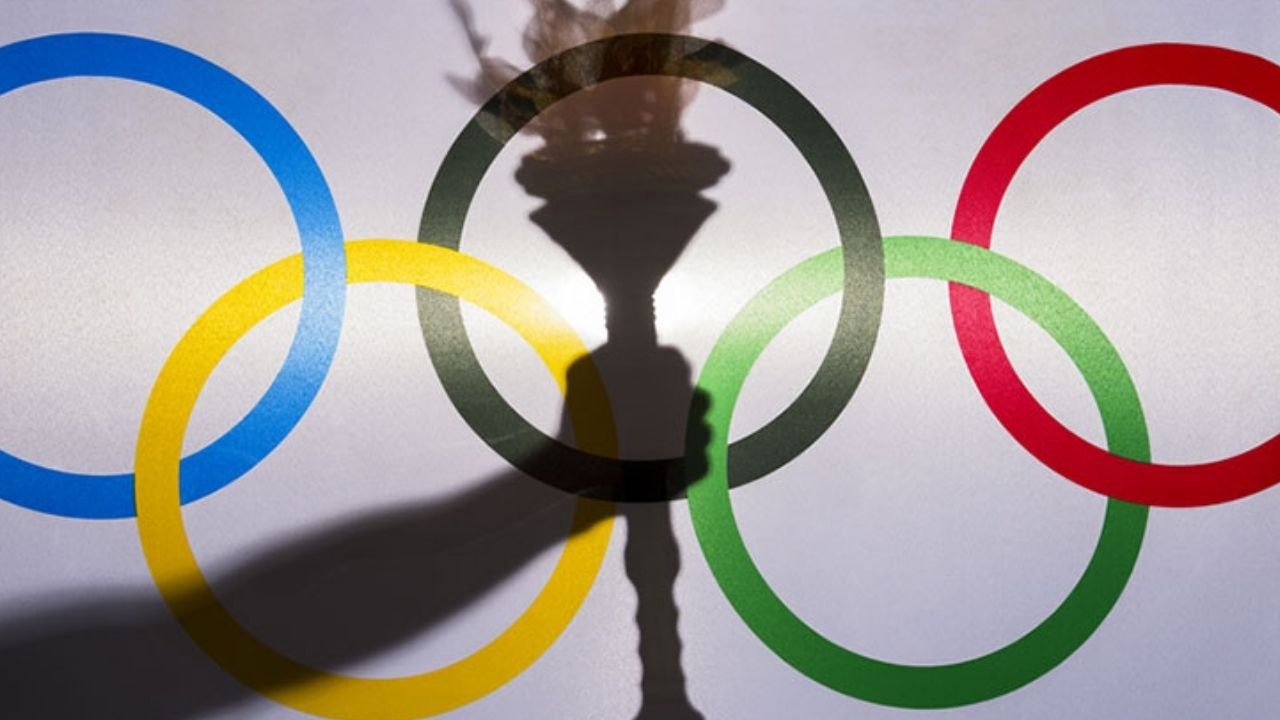At the end of the Olympics, athletes do not repeat the advanced managed parade of the opening ceremony at the closing ceremony
Athletes marching en masse in togetherness is all part of a plan hatched by a teenager 65 years ago. Few people know his name for decades despite believing he saved the game from disaster.
No particular order is followed in the closing ceremony of the Olympics
At the closing ceremony of the Tokyo Olympics, the athletes were seen hanging out with other athletes. The concept came into action because of an international crisis.
The 1956 Melbourne game is famous for the spread of international discord in the players’ showcases, which rushed into turmoil rather than harmony. In Europe, the Soviet Union sent tanks to Hungary to quell the national uprising, the Olympics began, and tensions before and after reached a new peak. Elsewhere, the boycotts of Egypt, Iraq and Lebanon, where Egypt and Israel were at the heart of the Suez crisis, were inspired.
How the 1956 Melbourne Olympics Spearheaded The Format Of The Closing Ceremony
China also boycotted including Taiwan (“Formosa China”). Before the Games began, the organizers faced a request to cancel the Olympic Games. Switzerland, Spain and the Netherlands also boycotted. According to the German Olympic Museum, some participating countries had ordered athletes not to mix with other delegations in the Olympic Village.
At the same time as the Olympics, Soviet troops arrived in Hungary in early November. The Hungarian Olympics representative heard about the situation of going home after arriving in Melbourne. The athletes reportedly broke the Hungarian flag, which had a communist curtain in the Olympic Village, and raised the free Hungarian flag there. This left the organizers wondering how to finish the game.
A letter was written to the Olympics officials
With the Melbourne Games on the brink of chaos, 17-year-old Chinese-Australian John Ian Wing wrote to the organizers his thoughts on how to end the Olympics peacefully.
“I was observing what was happening, but it makes me sad to see that politicians are using the Olympics for political gain, and athletes were the ‘ping’ of the game,” Wing said. “It goes in one ear and comes out of the other, so it was pointless to weep and cry to a politician.”
In a letter to the officials, Wing said the goal of the final parade was for the athletes to walk together. Wing wrote an anonymous letter to Sir W.S. Kent Hughes, Chairman of the Melbourne Organizers Committee.
He wrote: “I think it was offered to march during the closing ceremony, but you said you couldn’t. I think you can. If players from all nations march together. There will be only one nation. War, politics and nationality have all been forgotten.”
He added, “Well, you can do it in a small way. No team can be together. Two teammates need to be together.”
The idea was eventually ingrained but Wing’s identity remained a mystery for decades. After confirming and contacting an Australian journalist in 1986, he was honored by Juan Antonio Samaranch, Chairman of the International Olympic Committee. The street name of the 2000 Sydney Olympic Village was named after him.
According to a comment released at the Olympic Museum, Wing said, “I didn’t put my name or address in the email in case someone thought it was a stupid idea.”
ALSO READ: Gareth Bale New Jersey Number And Transfer News: The Forgotten Man In The Real Madrid Camp



